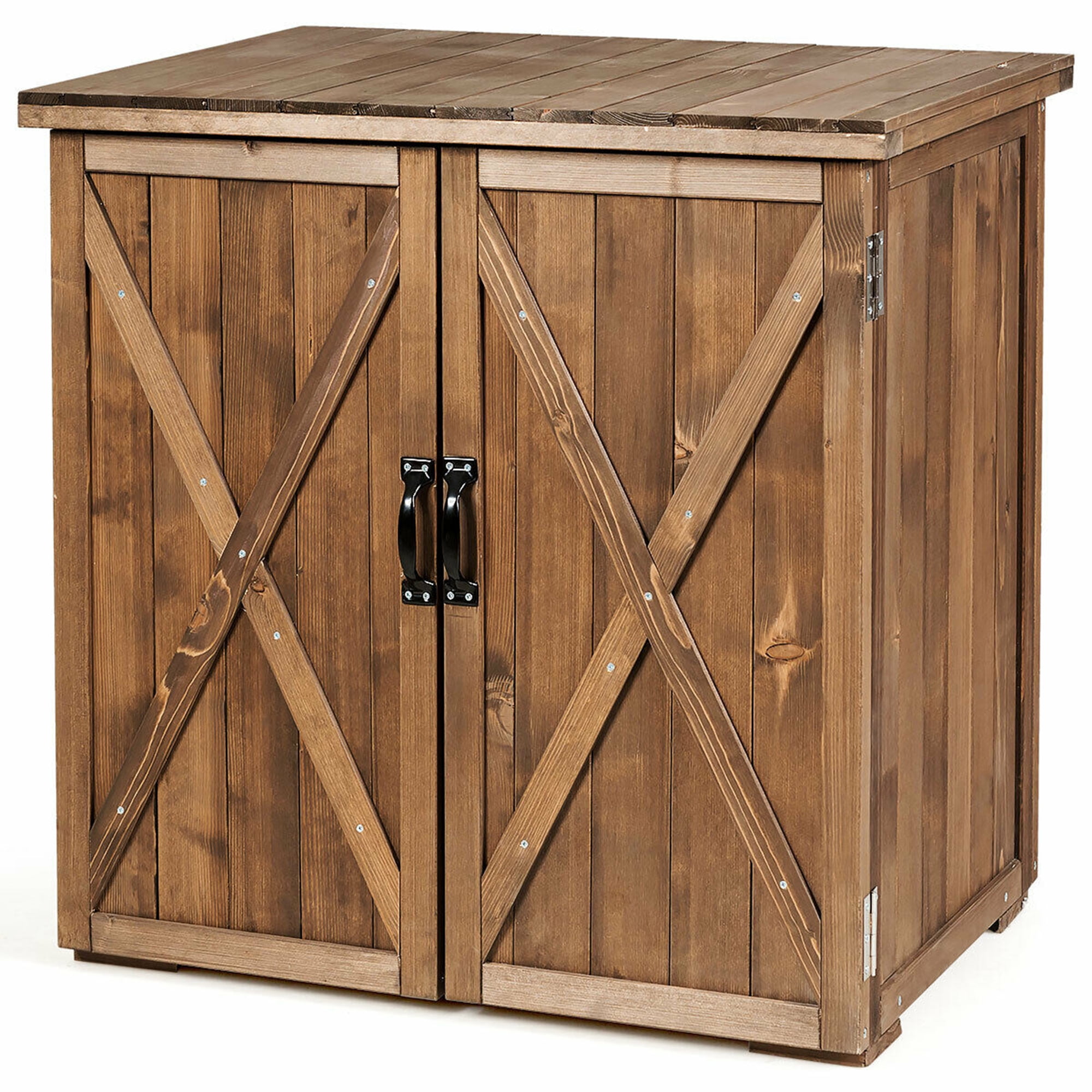Care and Maintenance of Natural Wood Storage Cabinets

Your beautiful natural wood storage cabinet is a testament to craftsmanship and enduring style. With proper care, it will grace your home for generations. Understanding the nuances of wood care will ensure its beauty and longevity, preventing costly repairs and preserving its inherent charm. This guide offers practical advice to keep your cabinet looking its best.
Cleaning and Maintaining Natural Wood Storage Cabinets
Regular cleaning is key to preventing dirt and grime buildup, which can dull the finish and even damage the wood over time. A consistent approach will safeguard your investment and enhance the cabinet’s aesthetic appeal. The following steps Artikel a simple yet effective cleaning routine.
- Dust regularly using a soft, dry cloth or a microfiber duster. Focus on crevices and hard-to-reach areas. This prevents dust from accumulating and scratching the surface.
- For more thorough cleaning, use a slightly damp (not wet) cloth with a mild, pH-neutral wood cleaner. Always test the cleaner on an inconspicuous area first to ensure it doesn’t damage the finish. Gently wipe the surface with the grain of the wood.
- After cleaning, immediately dry the cabinet thoroughly with a clean, soft cloth. Leaving moisture on the wood can lead to water damage or discoloration.
- Apply a wood polish or conditioner periodically to maintain the cabinet’s luster and protect it from dryness and cracking. Follow the manufacturer’s instructions for application.
- Avoid harsh chemicals, abrasive cleaners, and scouring pads, as these can damage the wood’s finish and surface.
Impact of Environmental Factors on Natural Wood Cabinets, Natural wood storage cabinet
The environment significantly impacts the condition of your wood cabinet. Understanding these factors and taking preventative measures is crucial for its long-term health.
- Humidity: Fluctuations in humidity can cause wood to expand and contract, leading to warping, cracking, or splitting. Maintain a consistent humidity level in your home, ideally between 35% and 55%, using a humidifier or dehumidifier as needed. Consider placing a hygrometer to monitor humidity levels.
- Temperature: Extreme temperature changes can also stress the wood, causing similar problems as humidity fluctuations. Avoid placing the cabinet near heat sources like fireplaces or radiators, and protect it from direct sunlight which can cause fading and discoloration.
- Sunlight: Direct sunlight can fade the wood’s color and damage the finish over time. Position the cabinet away from direct sunlight, or use curtains or blinds to filter the light. UV-protective film can be applied to the cabinet’s glass doors to further mitigate sun damage.
Identifying and Addressing Common Problems
Even with careful maintenance, some problems might arise. Knowing how to identify and address these issues promptly will minimize damage and preserve your cabinet’s beauty.
| Problem | Cause | Solution | Prevention |
|---|---|---|---|
| Scratches | Friction from objects, improper cleaning | Lightly sand the scratch with fine-grit sandpaper, following the wood grain. Apply wood filler if necessary, then refinish with wood stain or polish. | Use coasters and placemats; handle objects carefully; avoid abrasive cleaners. |
| Water Damage | Spills, excessive humidity | Dry the affected area immediately. If the damage is superficial, it may dry naturally. For deeper damage, consult a professional wood restorer. | Use coasters and placemats; promptly wipe up spills; maintain proper humidity levels. |
| Warping | Extreme temperature or humidity fluctuations | This is difficult to repair and often requires professional intervention. Prevention is key. | Maintain stable temperature and humidity levels; avoid placing the cabinet near heat sources or in direct sunlight. |
| Fading | Exposure to direct sunlight | This is often difficult to reverse. Protecting the cabinet from sunlight is the best solution. | Keep the cabinet out of direct sunlight; use UV-protective film on glass doors. |
